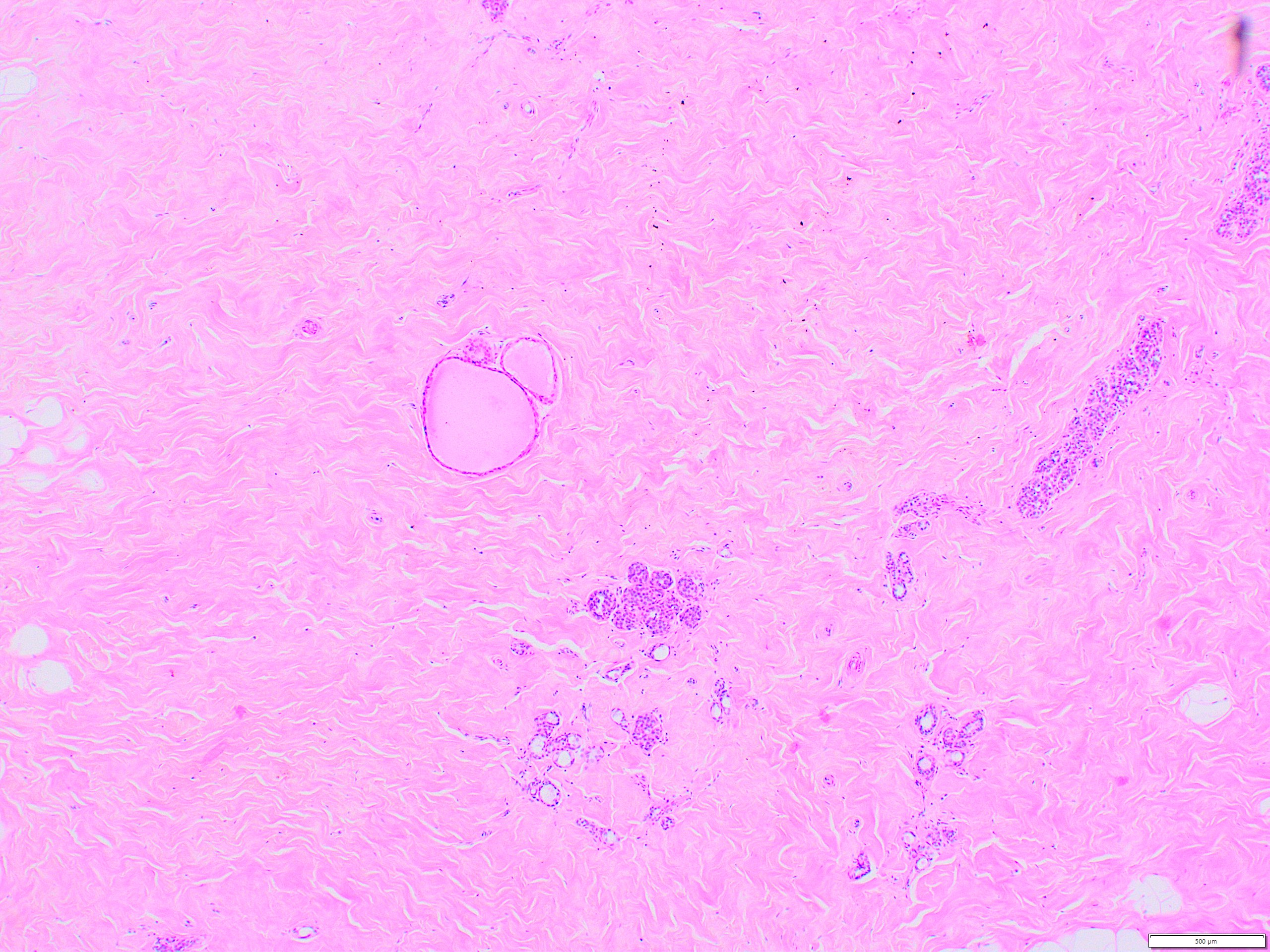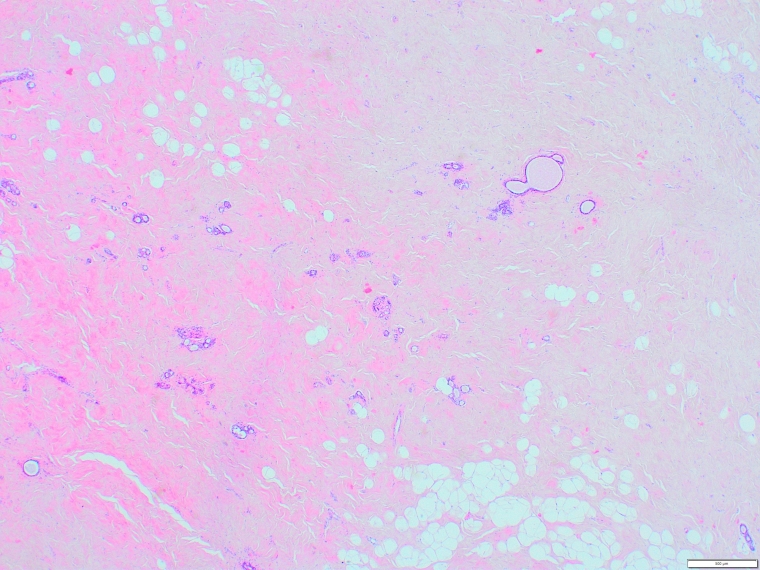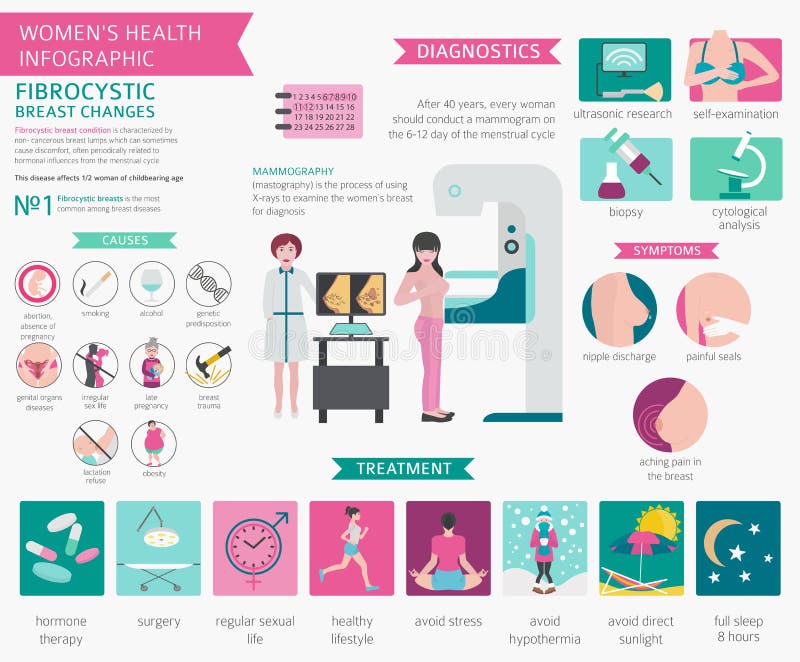
The doctor starts with checking the medical history, family history and a clinical examination. Women with symptoms such as pain or lumpiness in the breasts have to be thoroughly evaluated by a doctor with the Triple Assessment.
#Fibrocystic breast changes upper how to#
How to make a diagnosis of fibrocystic breast changes? These changes generally regress after menopause unless the women are on hormone replacement therapy. Fibrocystic breast changes can also cause genuine breast lumps such as breast cysts or fibroadenomas, but these lumps may come and go in relation to the menstrual cycle. Women with fibrocystic breast changes may not have any symptoms but if they do, they may notice breast pain or may have a feeling of having lumps in the breasts, with these feelings being the strongest a few days before menstruation. What are the symptoms of fibrocystic breast changes? It is not cancerous, and it does not increase a woman’s risk of breast cancer.

It affects more than 60% women of reproductive age between 20–50+ years. The exact cause of fibrocystic breast changes remains largely unknown, but it is thought to be related to the fluctuating hormone levels during a menstrual cycle. Therefore, the condition is more appropriately referred to as fibrocystic breast changes or fibroadenosis nowadays.


However, having fibrocystic breasts is now considered simply a variation of normal changes rather than a discrete disease. It was usually called ‘fibrocystic breast disease’ in the past. Fibrocystic Breast Changes or Fibroadenosis is one of the commonest benign breast conditions.


 0 kommentar(er)
0 kommentar(er)
